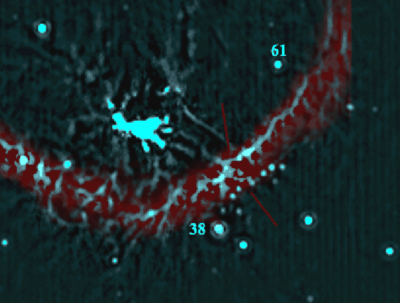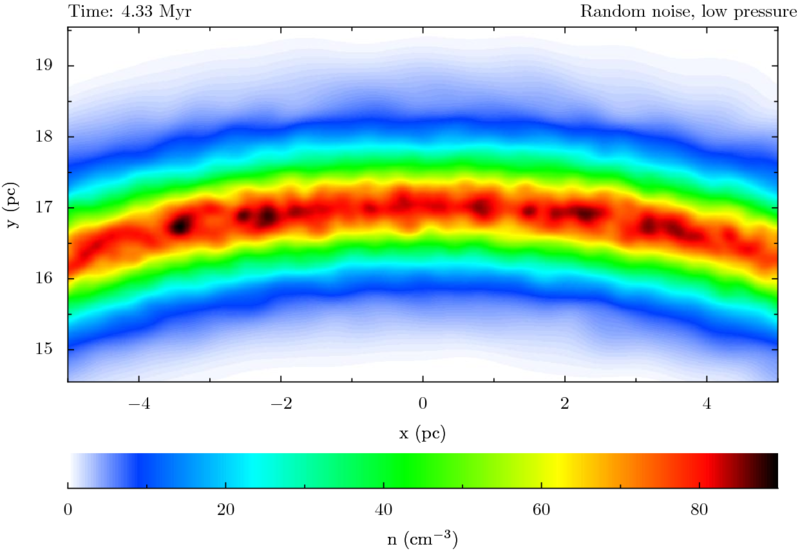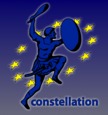Scientific Rationale
The Birth and Influence of Massive Stars is the subject of the Marie
Curie Research Training Network CONSTELLATION (MCRTN-CT-2006-035890). It is
an important area of astrophysics joining three interconnected sub-topics:
- The initial conditions for massive star formation;
- The influence of the environment on massive star formation;
- Feedback from massive stars.
Star formation scenarios based on turbulent fragmentation, protostellar
feedback, or competitive accretion are explored.
|
A detailed picture of massive star formation in the Milky Way available
through radio interferometers, ground-based optical/IR imaging systems, IR
space telescopes and X-ray astronomical satellites, is compared with
state-of-the-art numerical models of the massive star formation process.
Analytical solutions are provided, in some cases helping to disentangle
physical processes in the game. We investigate the initial conditions in the
dark clouds - extremely dense, massive molecular cloud cores forming massive
stars and massive star clusters. Direct measurements of the environment
provide important insight into their formation mechanism. Mechanical and
radiatively-driven feedback by winds and ionisation affect the surroundings
of massive stars, forming expanding shells, unbinding stellar clusters and
triggering secondary star formation in compressed layers.
This interim meeting of Work Package 2 of the CONSTELLATION network will
review the above aspects of massive star formation and showcase the progress
made over the past more than two years of cooperation.
|

Observation of RCW120 bubble at 70 um (red) and 24 um (turqoise). Credit:
Deharveng et al., 2007, A&A 496, 177
|
 Simulation of the expanding shell. Credit:
Dale et al., 2009, MNRAS, accepted, arXiv:0906.1670
|




